A case of a packaging company optimizing the production process and increasing production capacity by introducing ribbon slitting machines usually involves technological upgrading, efficiency improvement and cost control. The following is a typical analysis framework for such cases for reference:
Case background
A medium-sized packaging enterprise mainly produces labels, barcodes and other products, and ribbon (heat transfer printing materials) is the core consumable. In the past, the traditional manual slitting method faced the following problems:
1. Inefficient: Manual slitting speed is slow (average daily production capacity is about 500 rolls), and frequent shutdown to replace materials.
2. Insufficient Precision: The slitting width error ± 0.5mm, leading to higher customer complaint rates.
3. High Loss Rate: Edge burrs, uneven slitting and other issues lead to a scrap rate of about 8%.
4. High labor costs: 3 workers are required to operate in shifts, and training and management costs are high.
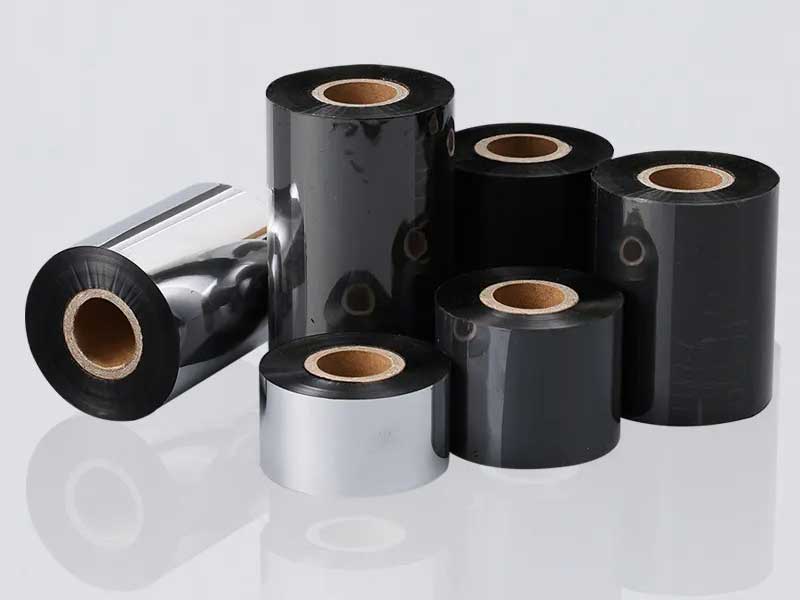
Solution: Introduce ribbon slitting machine
The company purchased a fully automatic CNC ribbon slitting machine, the key functions include:
• High-precision slitting: Laser calibration and servo control system are used to achieve a slitting accuracy of ±0.1mm.
• Automated operation: automatic feeding, slitting, and winding, supporting multi-axis synchronous cutting.
• Intelligent adjustment: Quickly switch between different specifications (width 50mm-300mm) through the preset parameters of the PLC system.
• Scrap Recycling: Built-in waste edge winding device to reduce material waste.
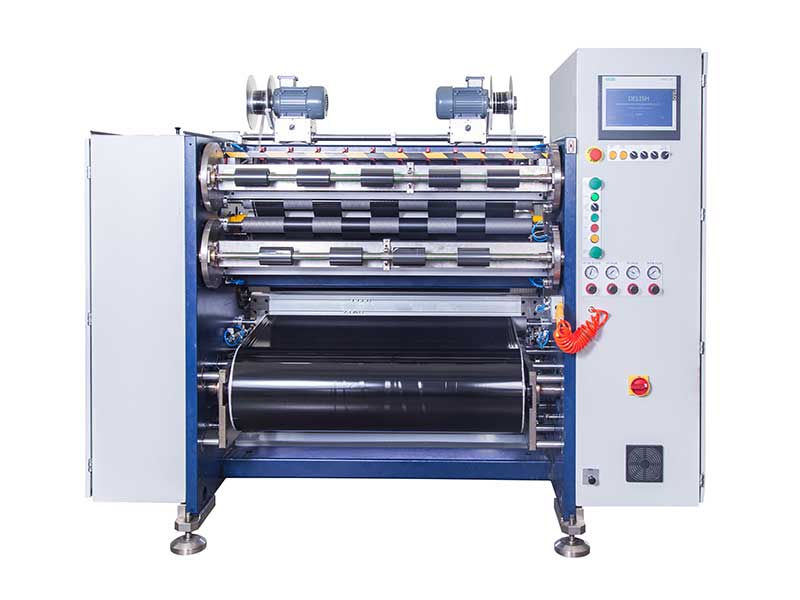
Implementation effect
1. Capacity increase
◦ The slitting speed has been increased from 2 m/min to 10 m/min manually, with an average daily production capacity of 2,500 rolls (400% increase).
◦ 24-hour continuous production with 80% reduction in downtime.
2. Quality improvement
◦ The slitting accuracy is stable within ±0.1mm, and the customer complaint rate is reduced by 95%.
◦ Surface flatness has been improved, and the scrap rate has been reduced from 8% to 1.5%.
3. Cost savings
◦ Labor cost reduced by 2/3 (only 1 person monitoring equipment is required).
◦ The material utilization rate is improved (the loss rate is reduced by 6.5%), and the annual cost of ribbon is saved by about 500,000 yuan.
4. Flexible production
◦ Quickly switch orders to meet low-volume customization needs (e.g., medical labels, electronic component identification, etc.).
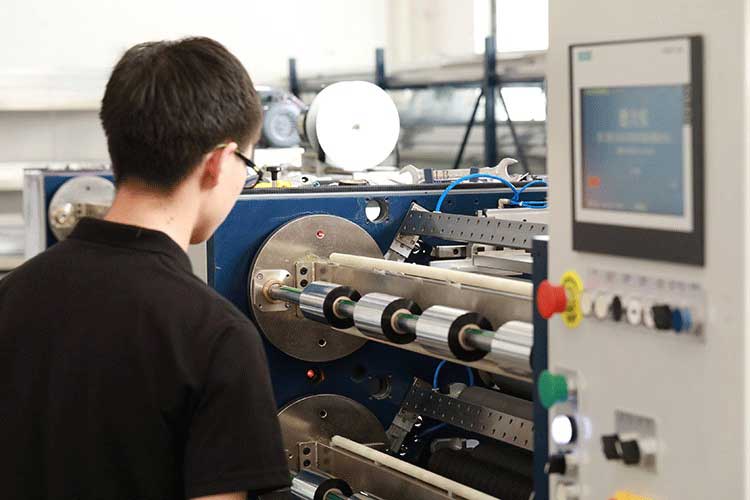
Key success factors
1. Equipment selection to match the needs
◦ When selecting a slitting machine, the width range of the company's main products (such as 70% below 100mm) is taken into account to avoid functional redundancy.
2. Employee training and process optimization
◦ Conduct PLC programming and maintenance training for operators, and establish standardized operating procedures (SOPs).
3. Data monitoring
◦ Access to the MES system to record slitting parameters and production capacity data in real time, which is convenient for traceability and optimization.
Industry inspiration
1. Technology replaces manual labor: In highly repetitive processes such as slitting and die cutting, the ROI (return on investment) of automation equipment is significant.
2. Precision and Speed Balance: The core value of ribbon slitting machines lies in balancing precision (affecting printing results) and efficiency.
3. Long-term competitiveness: By increasing production capacity and yield, companies can undertake more demanding orders (such as export customers).
Potential improvement directions
• Further integration of AI vision inspection to identify slitting defects in real-time.
• Explore the linkage between slitting machines and upstream coating machines and downstream packaging lines to create a fully automated production line.
Such cases show that traditional packaging enterprises can quickly break through production capacity bottlenecks and improve quality and profit margins through intelligent upgrades of key equipment. In actual implementation, it is necessary to select equipment based on its own product characteristics, and pay attention to the optimization of supporting management.
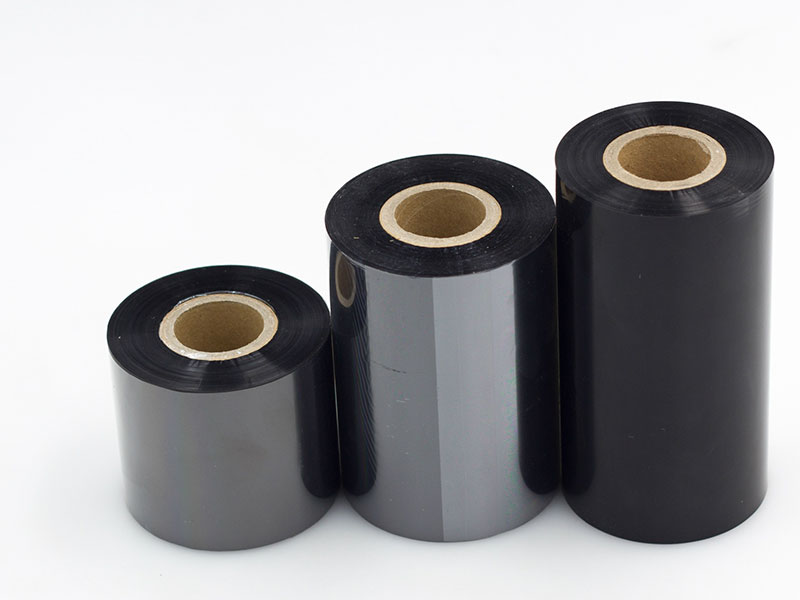
it uses precise cutting to cut out a more economical, more efficient and more environmentally friendly development path for enterprises.
29. December, 2025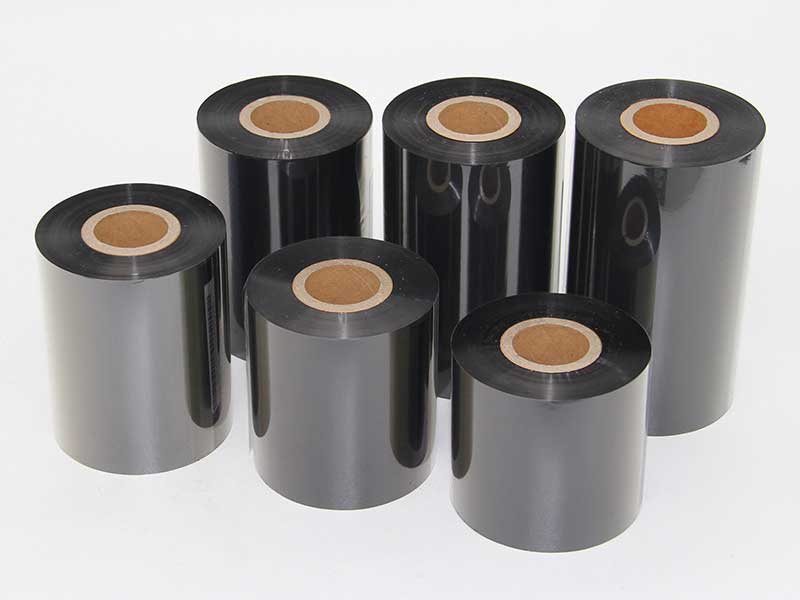
Modern high-quality ribbon slitting machine combines automation, intelligence and high precision:
29. December, 2025
Through precise local upgrading, process optimization and intelligent transformation, small and medium-sized enterprises can achieve a great leap in production efficiency with limited resources.
29. December, 2025
The portable ribbon slitting machine, with its exquisite body, leverages the deep transformation of the traditional production and service model.
26. December, 2025
It's not just a superposition of features, but an art of finding a fine balance on the edge of a sharp blade.
26. December, 2025